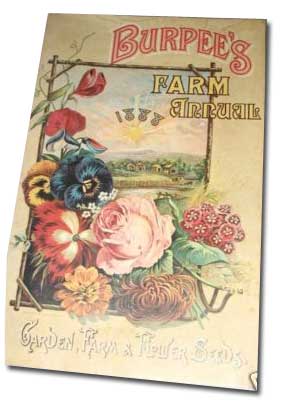To home gardeners the arrival of seed catalogs is a sure sign that January is here and that spring will not be far behind. Seed catalogs are full of down to earth information and ideas; they are indispensable to modern gardening.
In them the beginner learns about plants and the simple facts of their culture. For the the veteran gardener gardening catalogs keep them up to date on the new plants and improved methods of growing them. Improvements in tools, equipment and chemicals used in the garden and landscape are introduced and featured.
Seed catalogs provide pleasant browsing during the the long hours of winter; don’t miss them!

It is not at all uncommon for winter to come suddenly and before some gardeners get around to providing winter protective coverings for roses; hardy spring flowering bulbs (tulips; daffodils, etc.) and garden perennials. Cold weather accompanied by snow often suddenly terminates a long; mild autumn.
All plants that are buried in snow are as safe from winter injury as they would be had you covered them with a protective mulch of leaves, provided the snow remains continuously throughout the entire winter.
In some areas of the north; the snow comes early and remains throughout the winter; but in many areas thaws occur. If a January or February warm up melts the snow; plants will become exposed to winter injuring elements. Freezing and thawing causing a contraction and expansion of the surface layer of the soil can separate the crowns from the roots of plants.
Alternate freezing and thawing may push plants out of the ground enough to do great injury to them. Also when exposed to the sun and wind the ground and plants become dangerously dry. Plants may suffer severely from this kind of exposure. If extremely low temperatures occur without another snow cover; plants will be very subject to cold temperature injury.
Garden beds should be covered with leaves or mulch as soon as a winter thaw melts and exposes unprotected plants.
